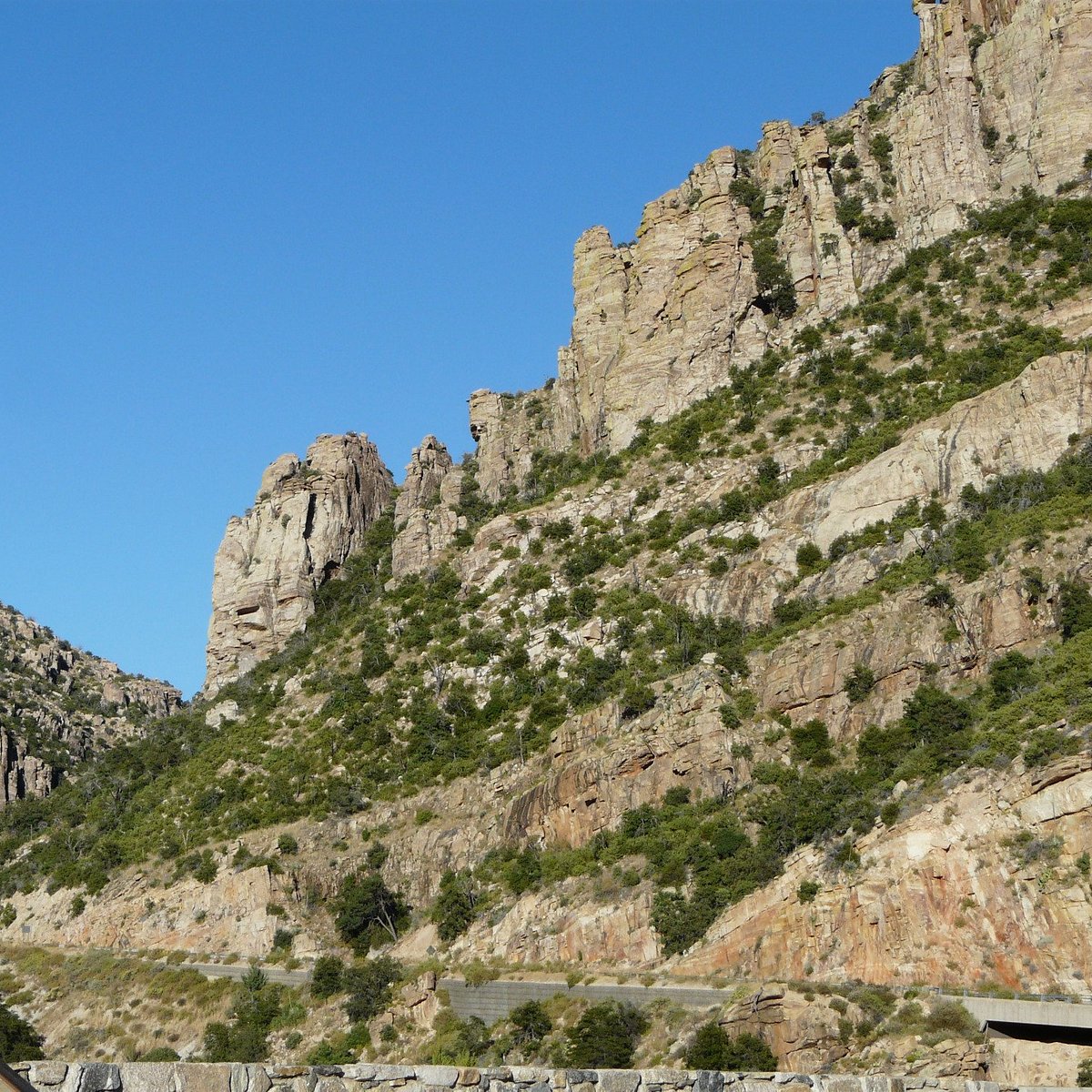Why Are Santa Catalina Mountains So Prominent?
Geological Giants: Unraveling the Catalinas' Prominence
Santa Catalina Mountains prominence
Standing as towering sentinels in the heart of the Sonoran Desert, the Santa Catalina Mountains, often simply referred to as the Catalinas. Command attention with their striking prominence. These mountains, located near Tucson, Arizona, are a geographical marvel, rising dramatically from the desert floor. To truly understand their prominence and the forces that shaped them. We embark on a journey into the geological and natural history of the Santa Catalina Mountains.
Geological Formation
The prominence of the Santa Catalina Mountains can be traced back to their geological origins. These mountains are primarily composed of a variety of rock formations, including granite, gneiss, and schist. Which play a significant role in their towering stature.
Granite Intrusions
One of the key factors contributing to their prominence is the presence of massive granite intrusions. Granite is an intrusive igneous rock that forms deep beneath the Earth’s surface. Over millions of years. These granite masses pushed their way to the surface.Gradually uplifting the land above them. This process, known as plutonism, is responsible for the high peaks and rugged terrain characteristic of the Catalinas.
Geological Uplift
In addition to granite intrusions, the Santa Catalina Mountains owe their prominence to tectonic forces. The region is part of the Basin and Range Province, characterized by stretching and faulting of the Earth’s crust. Over time, these tectonic forces caused the land to uplift, creating the mountain ranges that we see today. The Catalinas are a prime example of this geological phenomenon.
Sky Island Effect
The Santa Catalina Mountains are not just prominent in terms of their elevation but also for their ecological diversity, which is a result of a phenomenon known as the “Sky Island Effect.” This effect occurs when isolated mountain ranges .Such as the Catalinas, act as “islands” of unique ecosystems amidst surrounding lower-elevation terrain.
Elevation Variation
The Catalinas’ dramatic elevation change, from the low desert floor to over 9,000 feet at Mount Lemmon’s summit, creates a range of climate zones. This variation in elevation contributes to the presence of diverse ecological zones, from desert flora at lower elevations to lush forests at higher altitudes.
Biodiversity Hotspot
The Sky Island Effect fosters a rich biodiversity within the Santa Catalina Mountains. The range is home to numerous plant and animal species, some of which are found nowhere else in the region. This ecological prominence makes the Catalinas a hotspot for scientific research and conservation efforts.
Climatic Factors
The Santa Catalina Mountains owe part of their prominence to their unique climatic conditions. The region experiences a higher amount of precipitation than the surrounding desert due to orographic lift. A meteorological phenomenon in which moist air is lifted as it encounters a mountain range. This results in increased rainfall and snowfall in the Catalinas.
Rain Shadow Effect
To the east of the Santa Catalina Mountains lies the Sonoran Desert, which experiences the rain shadow effect—a dry area created on the leeward side of a mountain range. The Catalinas intercept moisture-laden air masses from the Gulf of California, causing them to cool and release precipitation as they rise over the mountains. This increased rainfall sustains the prominence of the Catalinas by supporting diverse ecosystems and lush vegetation.
Winter Snowfall
In the winter months, the Catalinas often receive substantial snowfall, particularly at higher elevations. This seasonal snowpack contributes to the region’s prominence by maintaining the flow of water into the desert ecosystem during the dry, hot summers.
Cultural Significance
Beyond their geological and ecological prominence, the Santa Catalina Mountains hold cultural significance for the people of Tucson and the surrounding region. These mountains have been a source of inspiration, recreation, and spiritual connection for generations.
Outdoor Recreation
The Catalinas offer a playground for outdoor enthusiasts, with activities ranging from hiking and rock climbing to camping and skiing. Their proximity to Tucson makes them easily accessible, making outdoor adventures an integral part of the local culture.
Spiritual and Cultural Traditions
For indigenous peoples such as the Tohono O’odham Nation, the Santa Catalina Mountains are considered sacred and play a significant role in their cultural and spiritual traditions. These mountains are not only prominent geologically but also hold deep cultural importance.
Scenic Beauty
The sheer beauty and prominence of the Santa Catalina Mountains have also attracted artists, writers, and photographers who seek to capture their essence. The Catalinas serve as a muse for creative expression, further highlighting their significance in the cultural landscape.
Conclusion: A Symbol of the Desert’s Resilience
The Santa Catalina Mountains, with their geological prominence, ecological diversity, and cultural significance, stand as a testament to the dynamic forces that have shaped the Sonoran Desert region. Their towering presence not only offers a stunning backdrop to Tucson but also provides a refuge for unique ecosystems and outdoor adventures. These mountains serve as a reminder of nature’s resilience and the enduring allure of the desert’s prominent peaks. Whether you explore their rugged canyons, summit their peaks, or simply admire them from afar, the Santa Catalina Mountains continue to captivate the hearts and minds of all who encounter their majestic prominence.





